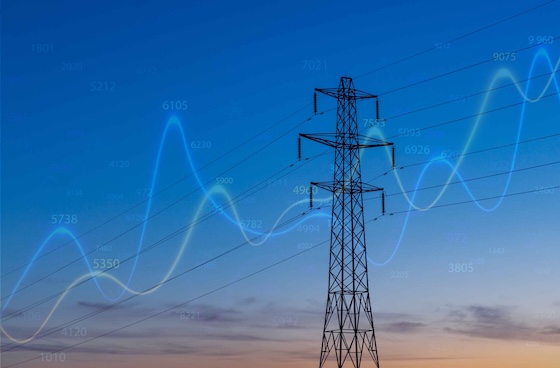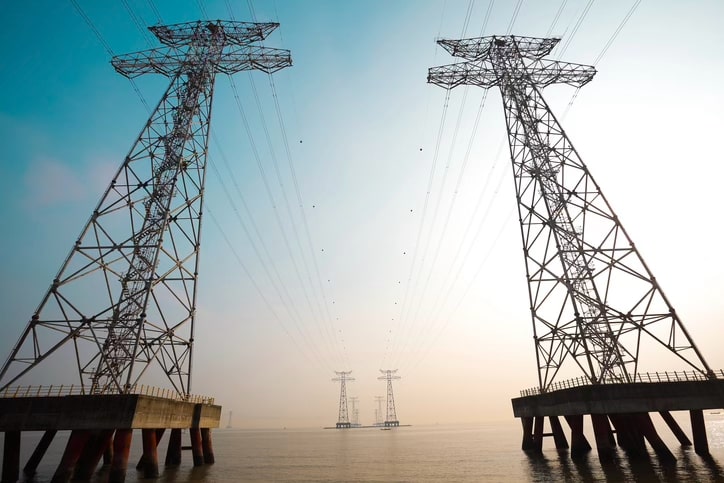Do you need assistance from our experts with asset valuations in power markets with a high penetration of intermittent renewables?

Battery assets participating in wholesale markets profit from storing cheap electricity and selling it when prices are high. Therefore, the value that a battery can capture from arbitrage is dependent on the spreads present in the wholesale market, in combination with the operational constraints of the battery.
The KYOS Battery Index serves as a benchmark for battery optimizers in Netherlands, Belgium, Great Britain, Germany, Spain. It shows the average daily revenue per month (in EUR/MW/day) that could have been achieved in the Intraday Market by a 2-hour battery. The KYOS Battery Index accounts for perfect foresight trading, meaning that the battery charges/discharges in the optimal moments. In markets where passive imbalance trading is allowed (NL, BE, GB), we take into account this revenue stream by allowing the battery to optimize 30% of its capacity in the imbalance market.

When renewable assets of the same generation source (wind or solar) produce simultaneously, this tends to depress the wholesale power prices. The price captured by the renewable technology is therefore often below the baseload price. This cannibalization effect is generally summarized in a percentage of the baseload price, the so-called capture rates.
The KYOS Capture Rate Index is an inhouse metric developed to reflect the historical price capturing ability of intermittent renewable assets due to the cannibalization effect in different European power markets. It is obtained from historical day-ahead prices and meteorological generation data of multiple virtual assets aggregated per market area. All virtual assets are considered to have the same technical specifications across markets, and are placed in the most representative locations per area.
The KYOS Capture Rate Index curtails negative prices and is clean of disturbances such as service disruptions, maintenance or snow coverage in photovoltaic panels.

Negative price events in day-ahead power markets occur due to a combination of factors, including the technical and operational constraints of thermal generators, an oversupply of renewable energy that is difficult to curtail, and the must-run obligations of certain generators required for security of supply.
These events are further influenced by off-market factors and highlight the challenges of integrating high levels of renewable resources into the energy system. Flexible assets, such as batteries and dispatchable demand, can play a critical role in alleviating these occurrences by absorbing excess supply and stabilizing the market. However, as renewable energy deployment continues to increase, the frequency and depth of negative price events are likely to grow, adding pressure to the system.
Monitoring these occurrences provides valuable insights into the evolving dynamics of the European power market and underscores the importance of flexible resources in maintaining grid stability.

This website provides statistics about renewable electricity generation and its ability to capture value in the European wholesale markets.
We focus on renewable generation and batteries as their operational dynamics make for a challenging valuation landscape. All data have been gathered from public sources and treated and cleaned by KYOS analysts with the greatest care.
Contact KYOS for battery valuations and capture rate forecasts at info@kyos.com, or visit our website www.kyos.com.

Power interconnectors allow to transport electricity from one market zone to the other. Market participants may buy interconnector capacity by bidding into the auctions organized by the cable operators or TSOs. The payout of this capacity corresponds to the realized spreads in Day-Ahead spot prices between the two interconnected bidding zones, minus interconnector losses (if any).
Monitoring the value of capacity across several interconnectors is crucial for market players that want to participate in capacity auctions.
Visit this webpage to find out the trends in the value of capacity across several European interconnectors.

The European Commission defines under which conditions the production of hydrogen can be considered renewable hydrogen. The criteria are aimed at ensuring that hydrogen is produced when renewable electricity is available, to avoid that the electricity used by electrolyzers incentivize more fossil-based electricity generation. Within the different rules defined by the European Commission there is one related to the price of electricity in the wholesale markets: hydrogen production from grid electricity will be considered green during hours where the day-ahead market price settled below 20 EUR/MWh or below a fraction (0.36) of the EUA carbon price. For this reason, we track and report the number of occurrences falling under this category in our website. Visit our green hydrogen indicator to discover which markets are the most suitable for the production of green renewable hydrogen from the grid!
Visit this webpage to uncover which markets are the most cost-effective for the production of renewable hydrogen!